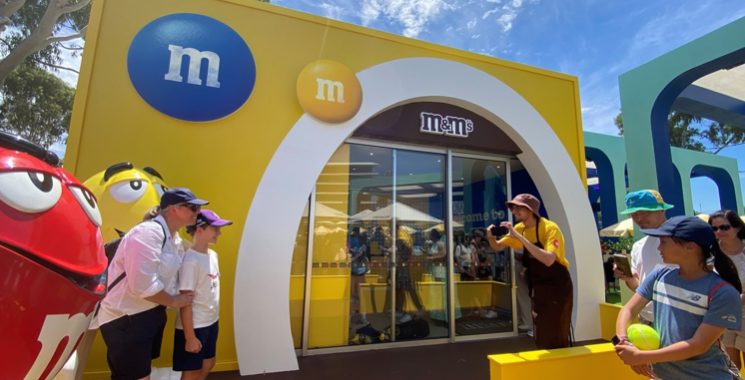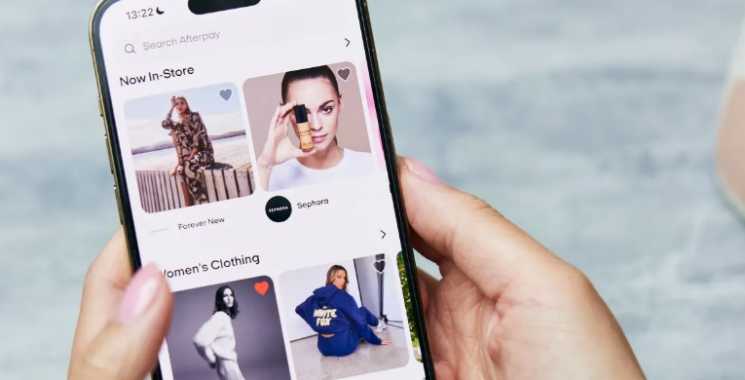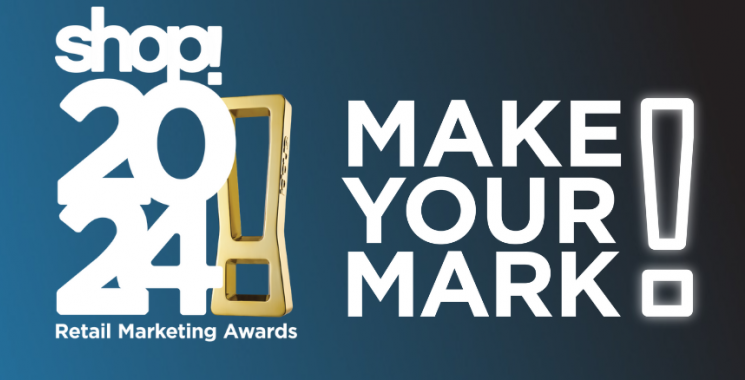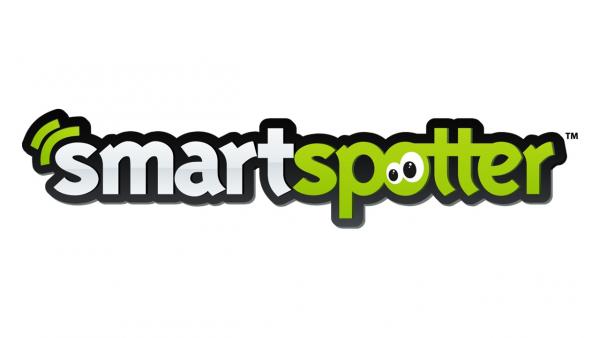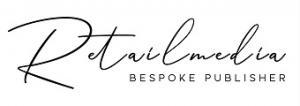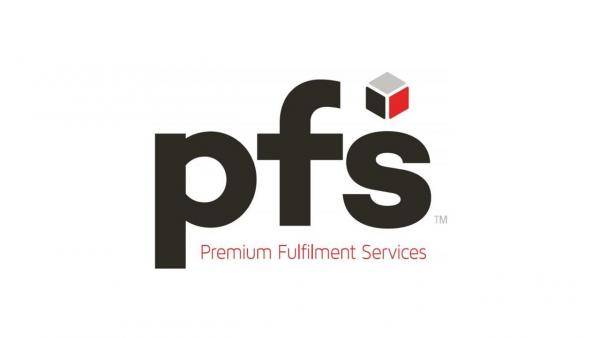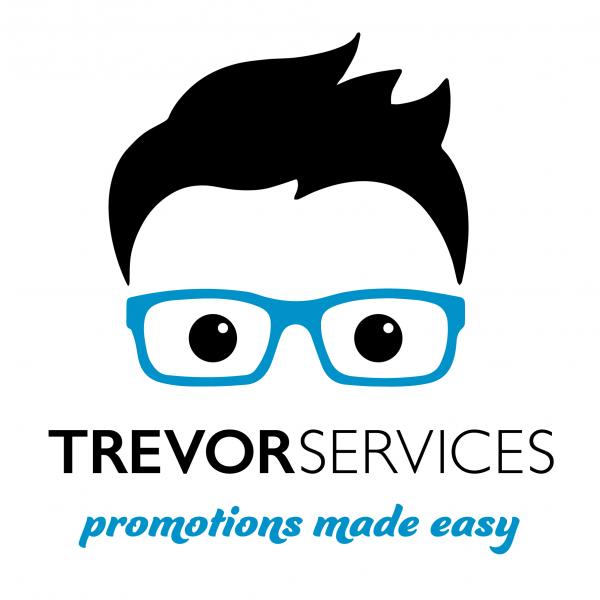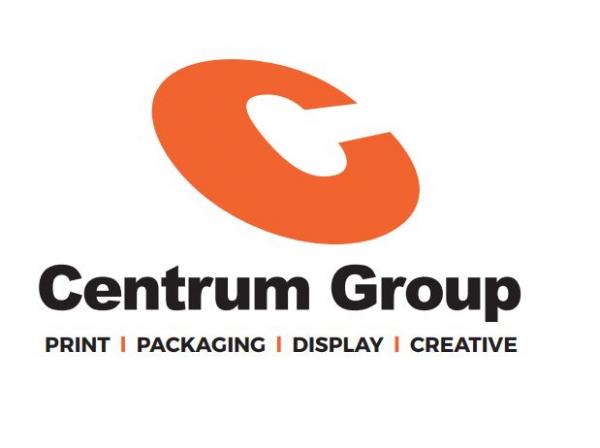3 interactive mirrors that boost sales
By Mark Fletcher, ShopScience
Any opportunity that they have, apparel shoppers will look at themselves in the mirror before buying. The inability to ‘check themselves out’ is a key reason that between 30 percent and 50 percent of online fashion purchases are returned.
So how can bricks and mortar fashion retailers leverage this customer behaviour? Three new technologies are trying to make a difference.
Memory Mirror
Neiman Marcus has made a huge commitment to the Memory Mirror. The Memory Mirror has four components: a giant portrait orientated video screen, a camera, a customer control panel, and some smart software. Shoppers can take a short video that enables them to both see their outfit from 360 degrees, and to compare clothing options side by side. It also remembers what customers have already tried on.
Customers can use a control panel to send videos taken using the mirror to friends via social media, which automatically features the retailers branding and the item description. When a customer is not using it, the Memory Mirror displays advertising and promotions.
Already in more than 40 stores, Neiman Marcus has now expanded on the concept to introduce specialised make up and sunglass Memory Mirrors.
FX Mirror
The FX Mirror is an augmented-reality device that works like a virtual fitting room. Sensors take clients’ body measurements as they are trying on a dress and project their image with their chosen gown onto a virtual mirror.
The FX Mirror helps Shop Assistants make better recommendations and makes it easier for shoppers to shortlist options.
The La Belle Couture bridal boutique in Singapore has found that the FX Mirror has reduced bride dress fitting times from five hours to around three hours. Most importantly, over the store’s busy period, this reduction in fitting time has helped the boutique to increase sales by 30 percent.
The Oak Mirror
Ralph Lauren has been using the Oak Mirror for several years.
As a shopper enters the fitting room, an RFID tag on their item signals the mirror to display details of the item, including other colour and size options. Shoppers can use the interactive mirror to request a sales assistant to bring them the desired options to try on.
Fitting room lighting can be customised to view the dress in day, night, or indoor lighting, and can even send the item details to their friends directly from the screen.
Apart from adding to the customer’s experience, the Oak Mirror provides the retailer with instantaneous product demand data and insights on the fitting room experience including duration and the types of items requested by the customer.
All three of these very different technologies support apparel shoppers. More than just a straight VHS versus Betamax type battle, however, each of these mirrors have specialised applications.
The winner is most likely to be one that makes the shopping experience easier and more enjoyable, and which best helps them get the item that they just love.
Mark Fletcher is director of ShopScience, which uses psychology, human factors, and marketing to create tailored solutions based on research and analysis. Mark can be contacted at mark@shopscience.com.au, or visit the website, www.shopscience.com.au.
